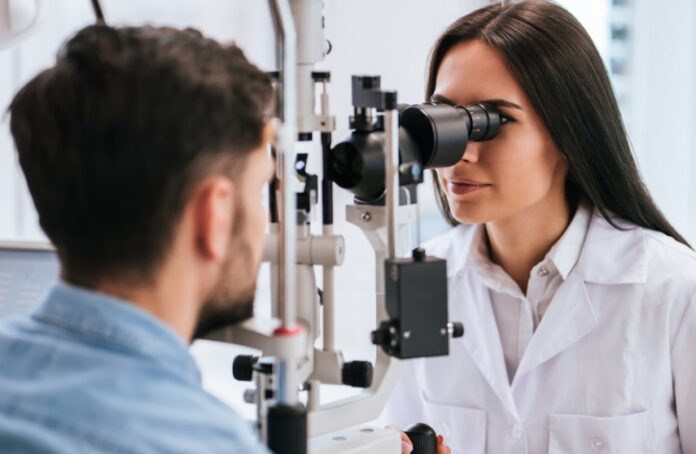Did you know that dry eye disease is more common than believed?
The ability to recognize the symptoms of this disease is crucial. Due to the misconception that this is simply an irritation, many sufferers either work too hard to hide their issues or don’t know where to turn for help.
Don’t suffer alone; read on to learn more about this ailment and find out how you can get relief if you suspect you might have it.
What Are the Symptoms?
It is a condition where there is a lack of tears in the eye, or the tears are not of the right consistency, to lubricate and protect the eye. The symptoms of dry eye disease include a burning or stinging sensation in the eyes, stringy mucus in or around the eyes, light sensitivity, and redness. If left untreated, it can lead to corneal ulcers, scarring, and vision loss.
This can lead to burning, itching, redness, and a feeling of grittiness or sand in the eye. More severe cases may lead to ulcers or scars on the cornea.
What Are the Causes?
There are many possible causes of dry eye problems, including aging, medications, certain medical conditions, and environmental factors.
Meibomian gland dysfunction, for example, is a condition that prevents the glands from producing the right quality of tears. In some cases, dry eye disease may also be caused by damage to the nerves or muscles that control the eyes.
How Is Dry Eye Diagnosed?
A dry eye is usually diagnosed based on the symptoms that a person experiences. A doctor may also do a tear break-up time test, which measures how long it takes for tears to break down. A person may also need to have their tear production evaluated.
First, your ophthalmologist will do an eye examination. Your eyelids and the surface of your eye will be examined. Additionally, they’ll watch how you blink.
The diagnosis of dry eyes can be made using a variety of tests. Your ophthalmologist could perform a test to gauge the consistency or volume of your tears. They might also count how rapidly you cry.
What Are the Treatments?
The treatments for dry eye disease include artificial tears, ointments, and medications that help increase tear production. In severe cases, surgery may be necessary to correct the problem. If you are looking for an eye care treatment, refer to this web page.
How Can You Prevent It?
One of the best ways to prevent dry eye disease is to make sure you often blink and use artificial tears if your eyes feel dry. You should also avoid smoke and windy conditions and take breaks if you use a computer or device that requires you to stare for long periods.
Avoid Dry Eye Disease
If you experience any symptoms of dry eye disease, be sure to see your doctor. There is no cure for it, but there are treatments that can help relieve your symptoms and improve your quality of life.
You can also find other helpful articles similar to this by searching our blog now.










